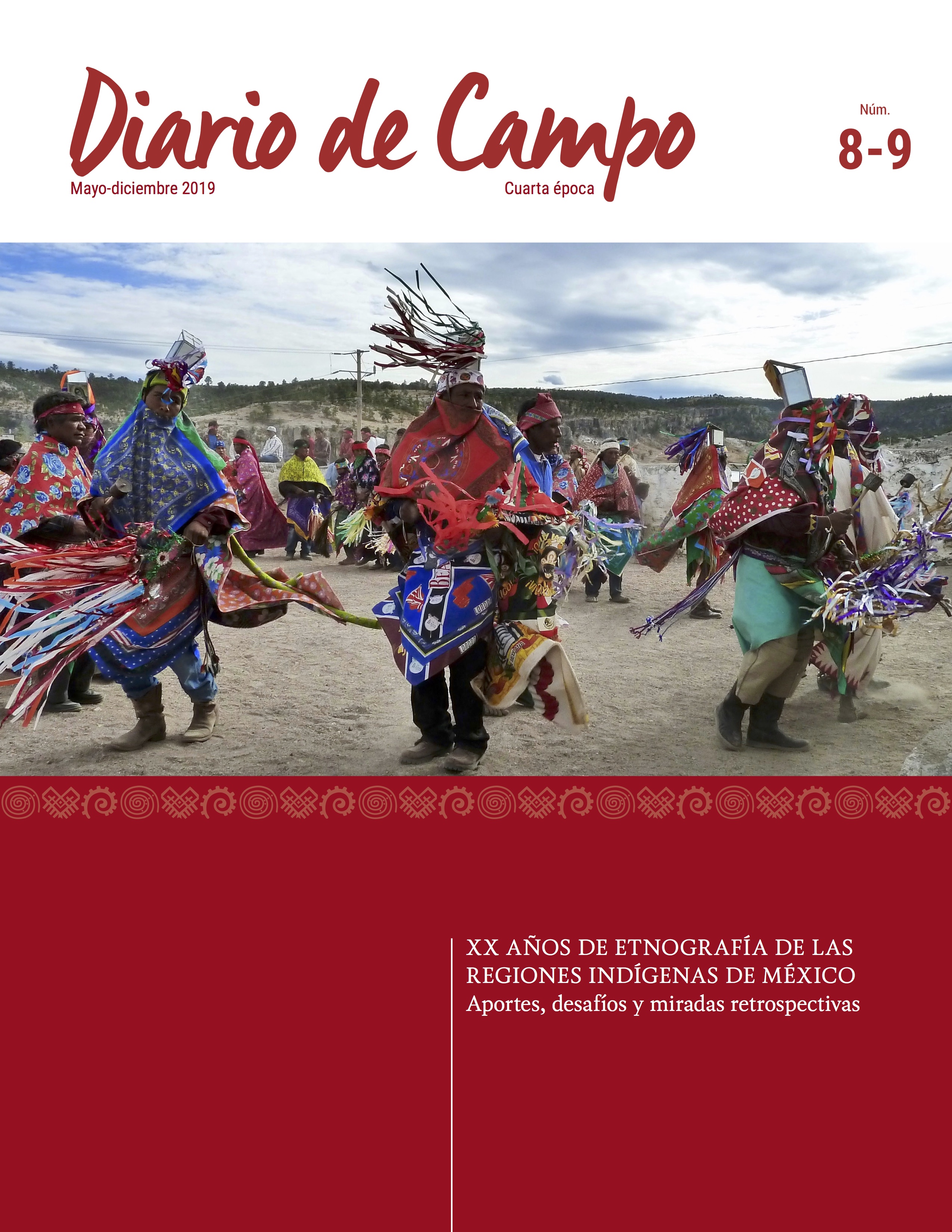Contributions from the National Ethnography Program of the Indigenous Regions of Mexico to the Indigenous Population in the State of Morelos
Published 2021-10-12
Keywords
- Ethnic identity,
- indigenous cultural tradition,
- community bonding
How to Cite
Abstract
Within a context in which the government agencies denied the existence of indigenous people in Morelos, and in which numerous academic points of view were mainly based on pre-hispanic (pre-Columbian) references while the state’s officials praised the “imminent end” of said people, and even the social actors themselves felt seriously confused concerning their own ethnic identity, the Morelos Regional Team tried to answer the following questions: Who are the indigenous people in Morelos? What makes them thus when confronted with those who are not and even when confronted with themselves? Do they exist? These questions have oriented a good portion of the research done through various lines of collective investigation. This Team managed to bring forth new approaches concerning the conceptualization of the indigenous peoples of Morelos as well as different methodological suggestions around an ethnic self-identity. This served as a basis for the research lines that followed within the program.
Downloads
References
- Morayta Mendoza, Miguel (coord.) (2011). Los pueblos nahuas de Morelos. Tohuaxca, Turgente. Atlas Etnográfico. México: INAH / Gobierno del Estado de Morelos.
- _________ et al. (2011). “La migración en la tradición indígena de Morelos”. En Margarita Nolasco y Miguel Ángel Rubio (coords.). Movilidad migratoria de la población Indígena de México. Las comunidades multilocales y los nuevos espacios de interacción social, coordinadores (vol. III) (pp. 87-160). México: INAH.
- _________ et al. (2003). “Chicahualistle, ‘La Fuerza’ en el paisaje sagrado de Morelos”. En Alicia Barabas (coord.). Diálogos con el territorio. Simbolización sobre el espacio en las culturas indígenas de México (vol. II, pp. 307-396). México: INAH.
- Müller, Florencia (1949). Historia antigua del Valle de Morelos. Acta Antropológica, México.

